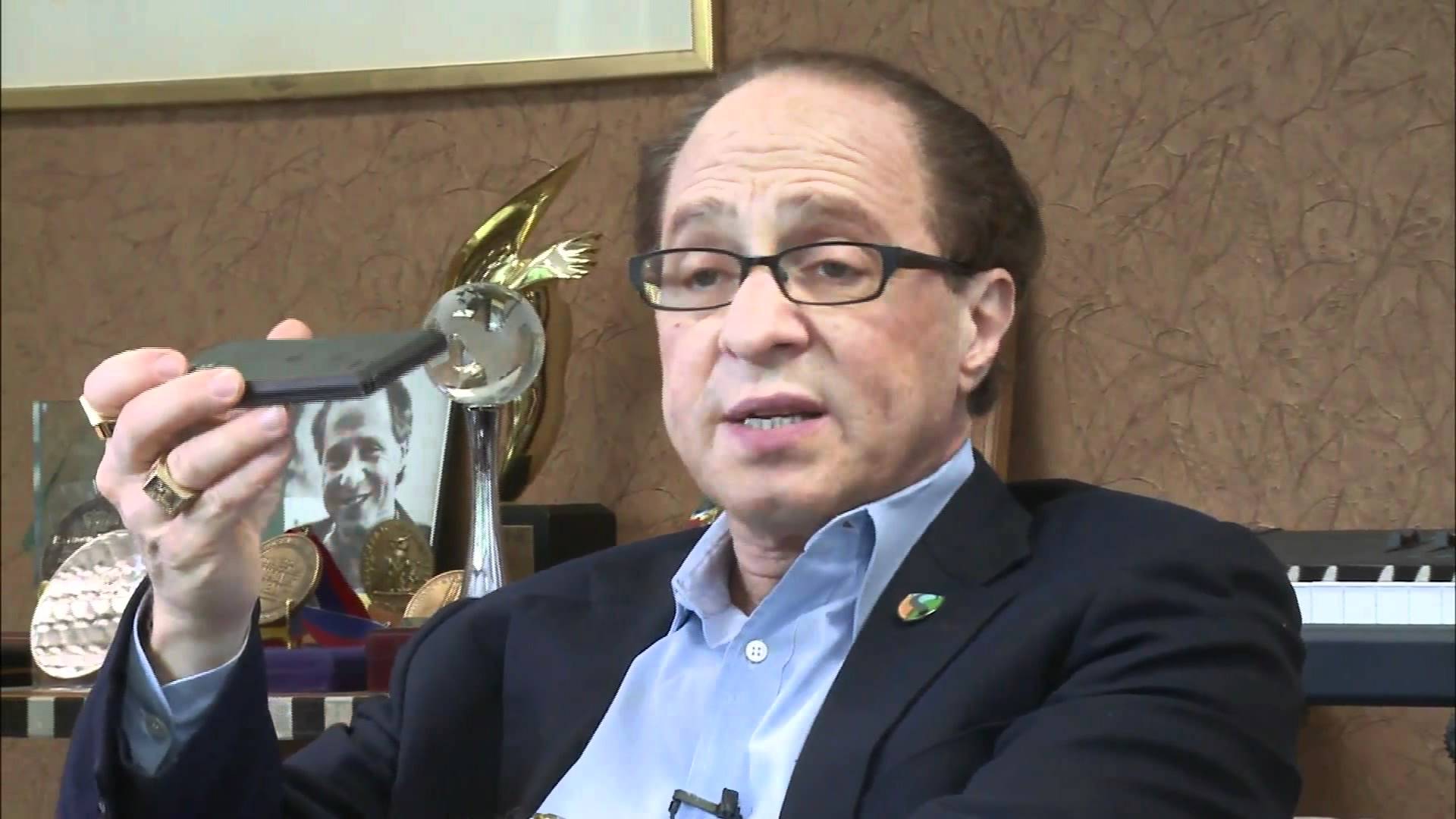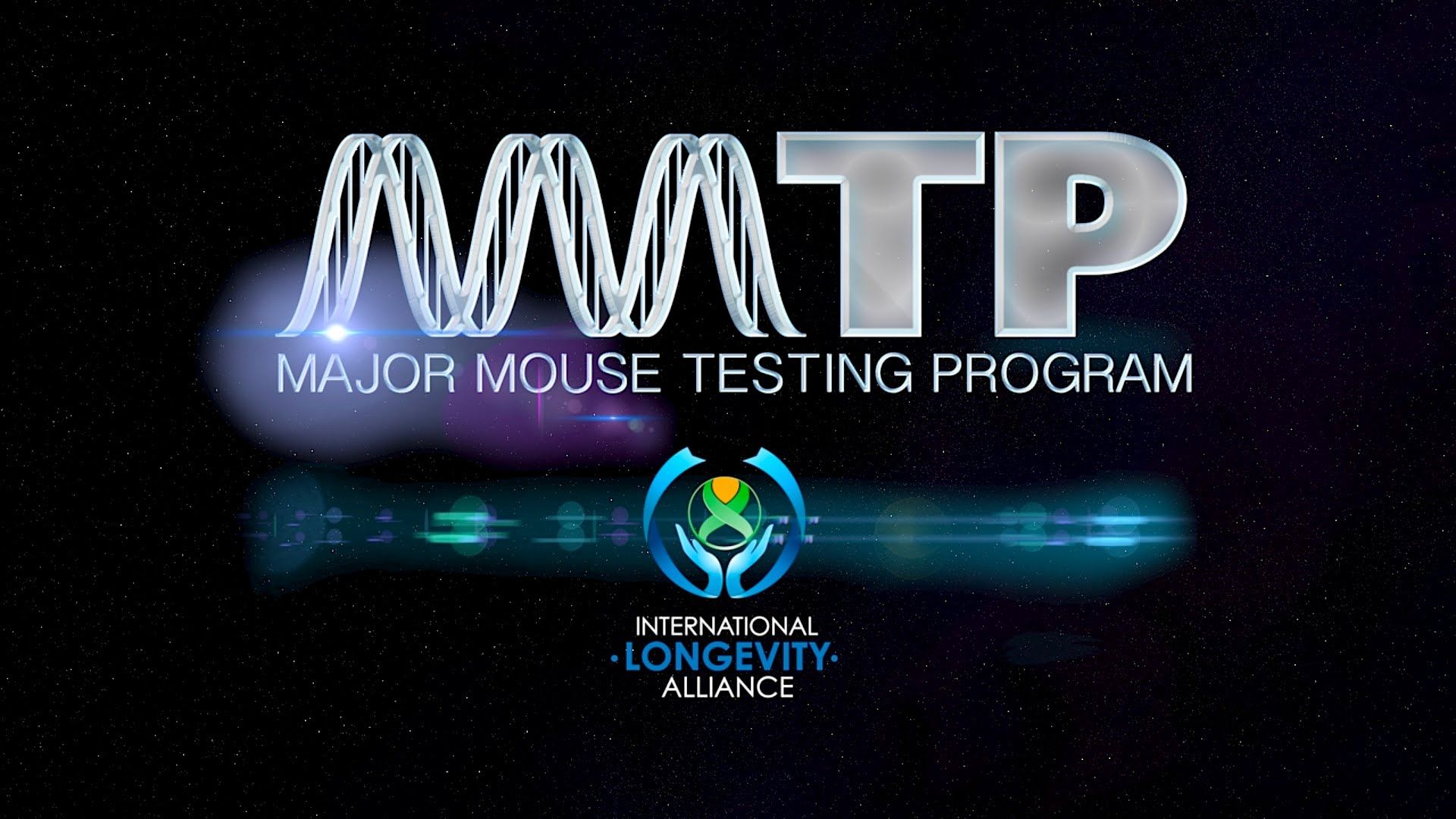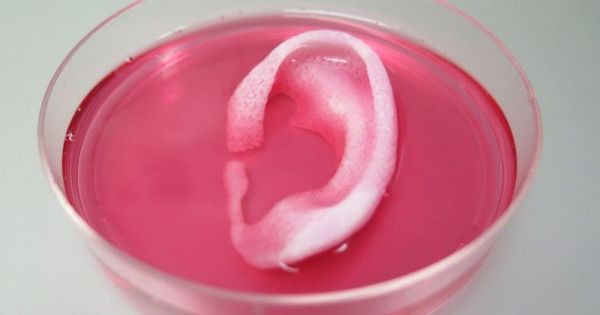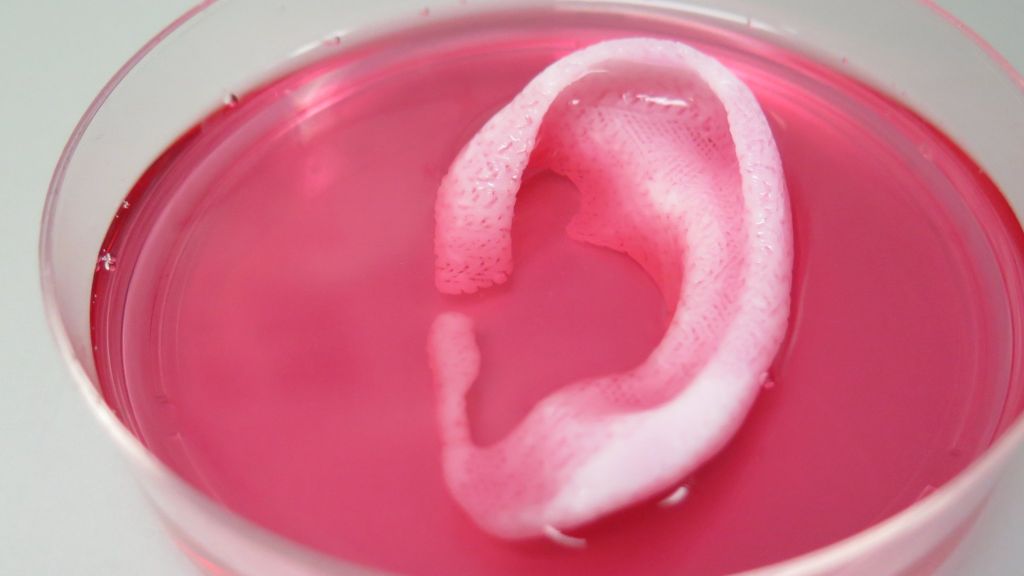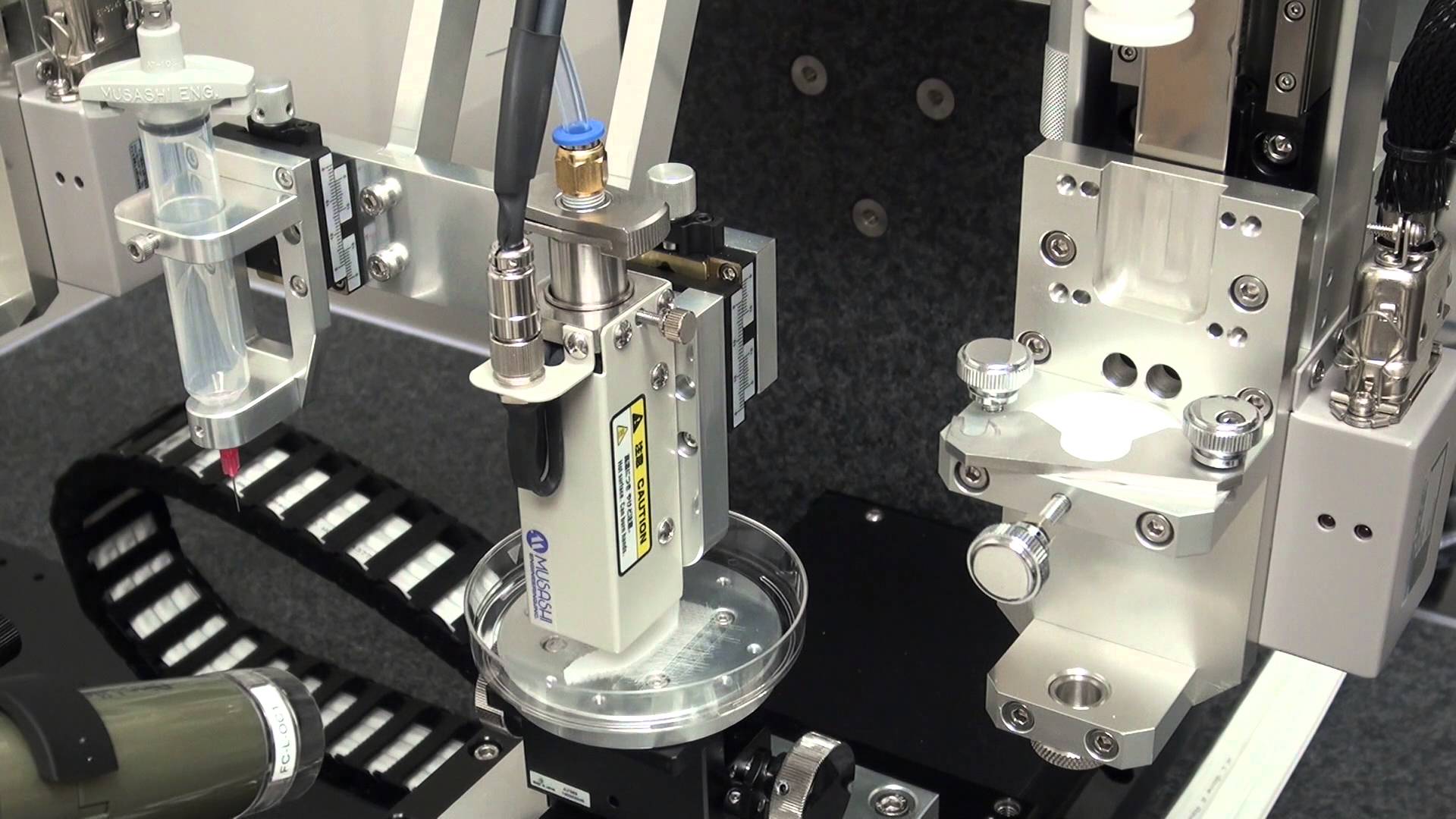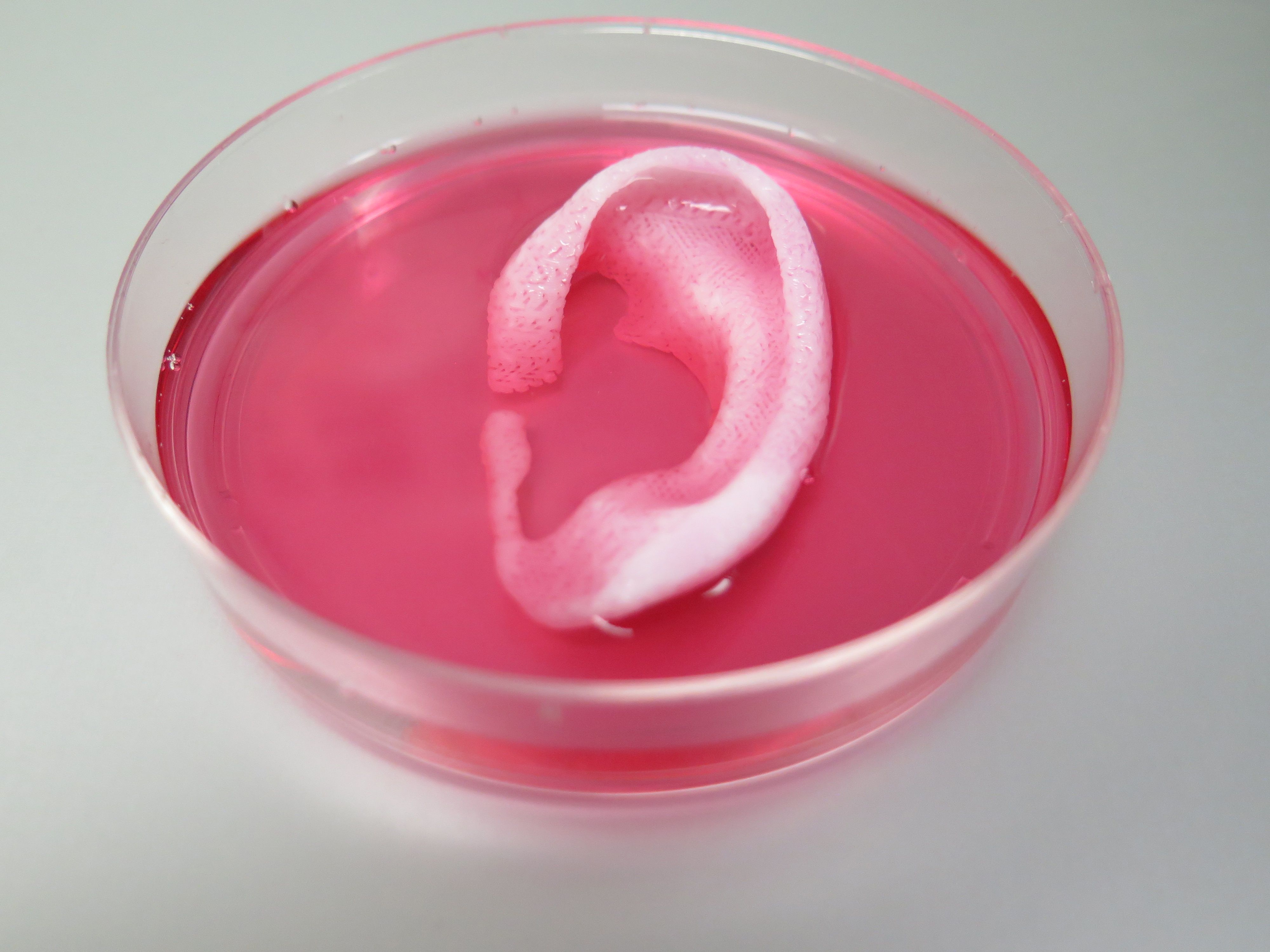The MMTP needs your support!
Have you ever considered your destiny may depend upon, you personally? And beyond that, have you considered the destiny of many others may depend upon your actions? People who have changed the world, didn’t have any doubts that the future depended on their actions. Scientists, businessmen and famous public figures didn’t wait until someone did something important for the world. They took responsibility for what was happening around and acted, despite all the difficulties. Are you ready to become such a person? Maybe you too have always wanted to make a significant difference, but didn’t know where to begin? So spend a moment to read the information below.
Today there is a unique project being prepared by a group of scientists, activists and other like minded people from many countries. A project which will give us the opportunity to rescue millions of people from future suffering. The project brings the fight against aging to a global level. Each day people suffer and die from the many diseases associated with aging. Researchers worldwide are engaged in a valiant effort to save countless lives in the near future.
We are currently preparing the first stage of the MMTP project — to test combinations of geroprotectors on mice. The results of this research will be available to the entire scientific community. It’s a big step in this work against the most serious enemy of mankind — aging and its related diseases. And now our project urgently needs the help of motivated individuals. We’re looking for volunteers who are ready to put in the time and effort, to make a future without aging a reality that much sooner.
We are therefore looking for people with experience in different fields. Our project is greatly in need of the following activists:
Copywriters. Are you able to state your thoughts on set subject well? Are you interested in discoveries in the field of regenerative medicine? Do you have a little time and a lot of desire to participate in something really important? If so we really need you!
Read more
